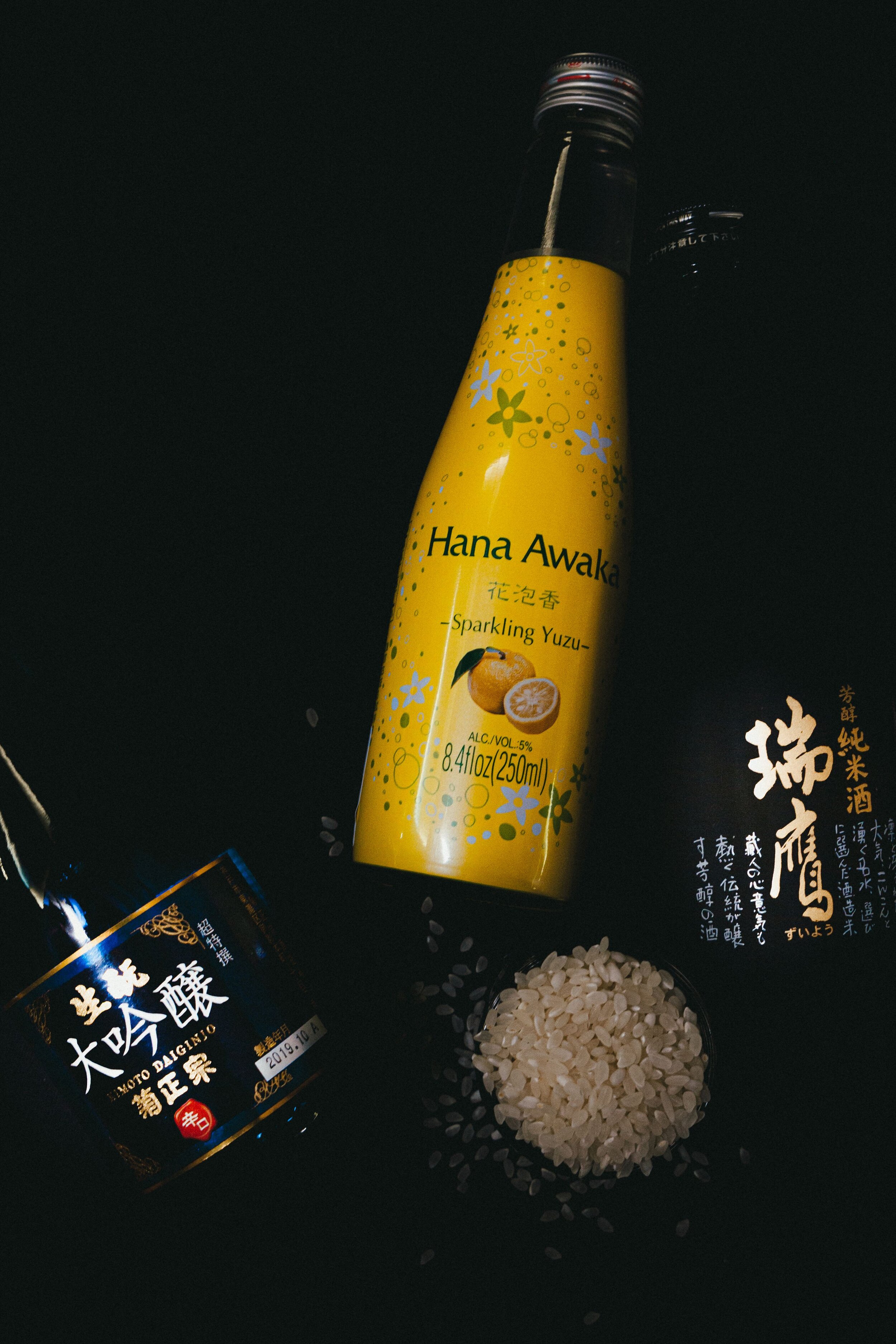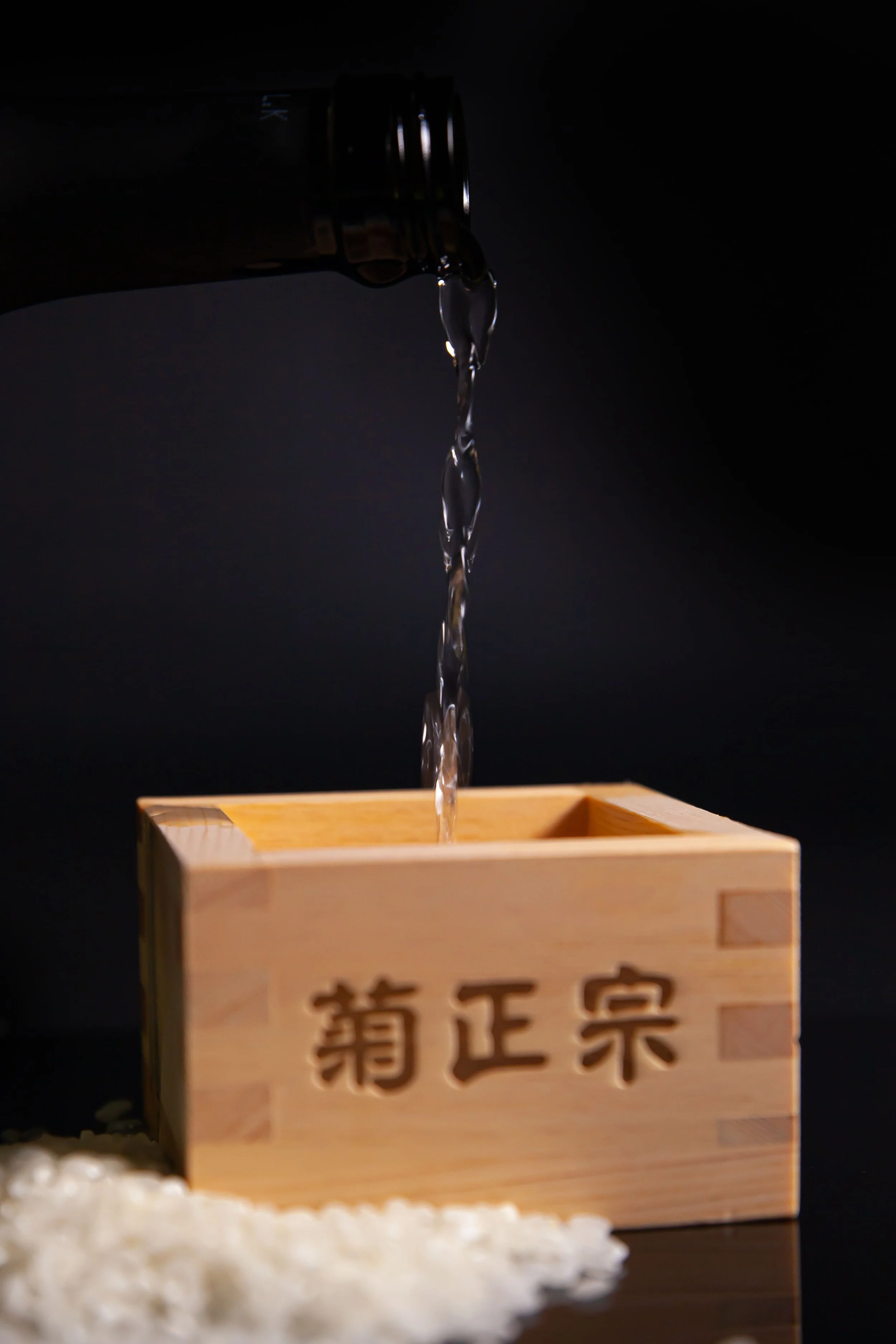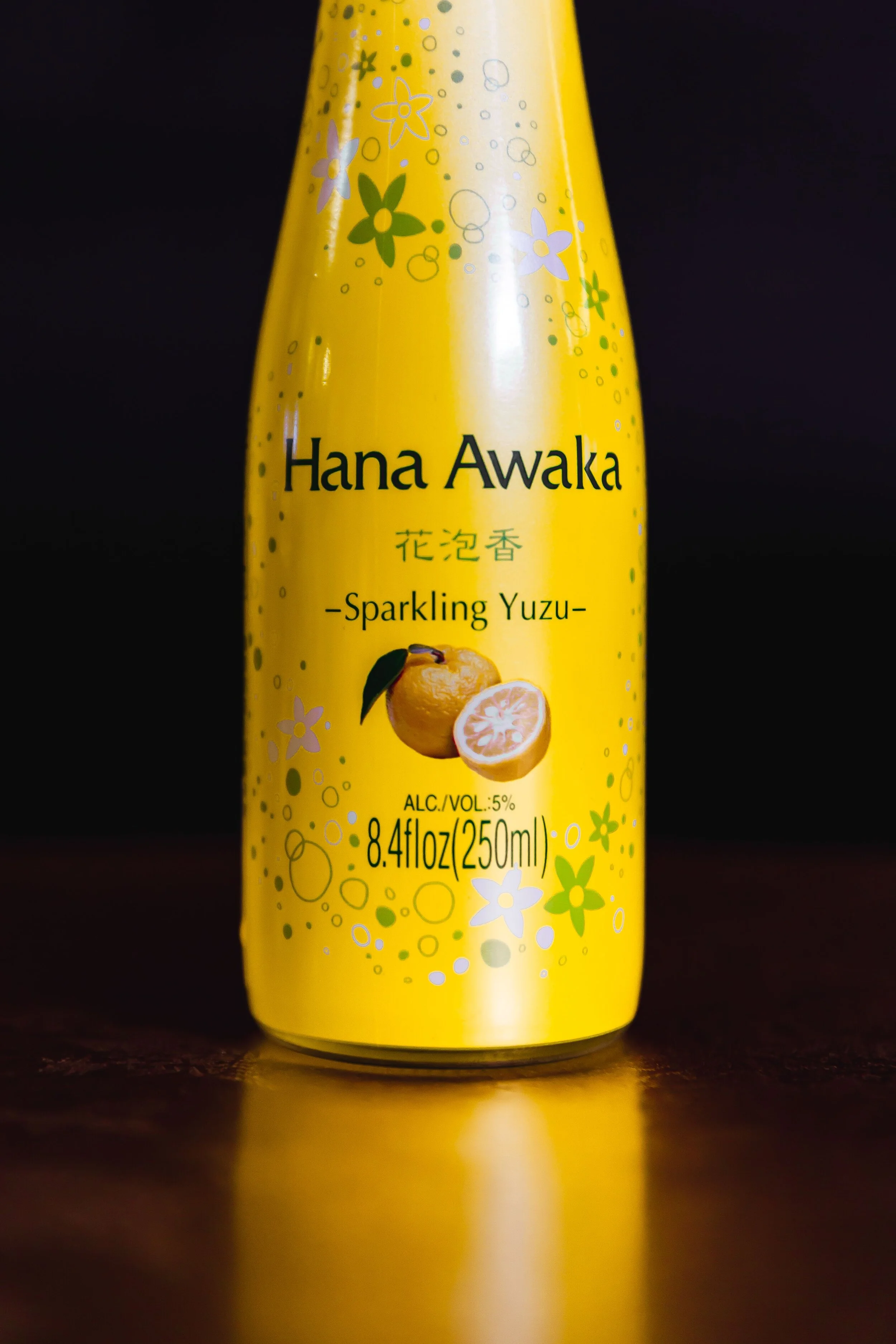Sake 101 With Sake Inn: A Newb’s Beginner Guide To Sake
Despite multiple trips to Japan, I’m pretty ashamed to say that I’ve never tried Sake. Yes, I know right. As a beginner with zero knowledge about Sake other than the fact that it’s a beverage fermented from rice, I was really intrigued when the experts at Sake Inn shared with me a few important facts to kickstart my beginner guide — followed by a sake tasting with their 3 recommended sakes with distinguished tastes!
As we all know, Sake is a refined beverage with a rich history, and other than the traditional way to drink it, you’ll be surprised at the interesting things you need to know about it. Also, if you’re one of those that ever had to order sake and had no idea what you were ordering, we’ll tell you the basics you need to know.
Along with a good cup, this information is all you need to enjoy some sake tasting at a restaurant, bar, or izakaya. Read on to delve deeper and catch an exclusive code at the end!
#1. Know the Basic Classifications of Sake
For a start — know that there are two main classifications of sake:
Junmai, 純米 — made from non-alcoholic, made from purely rice brewer’s. The different types of sakes that can be classified under this category are mainly Junmai Daiginjyo, Junmai Ginjyo, and Tokubetsu Junmai.
Alcohol-Added Sake: Any other sake without the word 'junmai/純米' in it. The different types of sake under this category includes Daiginjyo, Ginjyo, Tokubetsu Honjyozo, and Honjyozo. This also means that brewer's alcohol has been added during the production. However, the addition of alcohol does not mean that such sake is lower in quality. It is a matter of taste to determine what kind of sake you would prefer.
Why the classification? This is due to the difference in their rice polishing ratio — which translates and determines it’s quality.
#2: Sakes Have Metre Values To Help You Determine What Suits You!
Did you know that the taste of sake can be measured in numbers? Just like your alcohol level in your alcohol, sakes have an additional indicator — the Sake Meter Value (SMV – 日本酒度) measures how dry or sweet the sake is, based on a scale of positive and negative numbers. What the SMV also measures is the density of sake compared to water – the higher the positive number, the drier it becomes and vice versa too!
How to check: These figures are often indicated on the back side of the sake label, so you can easily determine which kind of sake is better suited for your tastebuds! Spot 日本酒度 on your bottle label.
#3: Know Your Common Types Of Sake
After learning about the classification of the sakes, you should know the sake you’re consuming and learn how to differentiate them. Well, at least the basics. There’re 4 common different types of sakes. Brewed in slightly different ways, they make use of different percentage of milling and hence, have a unique taste.
1. Junmai Daiginjyo
First up, The Junmai Daiginjyo. Due to the fact that it is made solely from rice and there is no addition of distilled alcohol or additives during the brewing process. This is regarded as the highest grade of sake in the sake world - it has a light, refined taste and it is usually best enjoyed chilled.
2. Junmai Ginjyo
— Has its rice grains milled to at most 40% of its original size, with a rich, complex, fruity taste. Best enjoyed chilled too!
3. Tokubetsu Junmai/Junmai, 純米
— This sake is made solely from rice and there is no addition of distilled alcohol or additives during the brewing process. The word junmai literally translates to 'pure rice'.
The different types of sakes that can be classified under this category are mainly Junmai Daiginjyo, Junmai Ginjyo, and Tokubetsu Junmai. The classification is due to the difference in their rice polishing ratio, which determines its 'quality'. It has a rich, full body and it is best enjoyed either warm/room temperature.
4. Tokubetsu Honjyozo / Honjyozo
— This is a sake added with brewer’s alcohol which mostly uses distilled alcohol, it has a light, smooth taste, it is easy to drink both warm or chilled.
For starters, you just need to know these four to sound like an expert when ordering Sakes, trust — the waiter will be impressed with you.
#4: How To Handle And Store Your Sake
Sake Tastes Best When It's Fresh
Unlike wine, sake is perishable. I didnt know that! This is because it usually has no sulfites or preservatives. The rule of thumb is that an unopened bottle of sake is good for about 1 year after the bottling date on the label or cap.
In general, sake is not brewed to age like wine. So, the sooner you consume it, the better tasting experience you'll enjoy — just like your beer!
Keep Your Sake in a Cool Place - Away From Light & Heat
The heat will badly affect the taste and quality of the sake. Choose a storage area where the temperature stays below 68°F (20°C). Once opened, a sake should be kept in the fridge and consumed within days. Also, both sunlight and fluorescent light should be avoided to keep the taste of the sake intact.
A Newb’s Review At Sake Tasting:
Sake Inn recommended and introduced these 3 Sakes together with a Masu Cup above for my first taste test and to compare the differences better after understanding the basics above.
This exclusive cup is made from Yoshino cedar wood from Hyogo Prefecture, perfect for drinking sake. Masu Cups are said to complement traditionally brewed sake since it's brewed in wooden casks — perfect for my first go at sake. They also carry a woodsy, clean scent as a wonderful added touch, and can be used as a container for the shot glass or by itself as a cup! Haven’t experienced drinking from a Masu Cup and want to give it a go? Stand a chance to win it for free, stay-tuned to our instagram tomorrow ;-)
The Zuiyo Honjun Junmai Sake is brewed with quality rice from the Kumamoto Prefecture rice and Ah Sou's spring water. This results in its full body, very smooth texture and sweet, fruity flavours.
SMV: +6 Alcohol: 15-16%
There’s a very strong scent before drinking initially which puts me off instantly, however, after consumption, the taste is pretty dry (i know why, because of it’s +6 smv, uh-hur) and light. It’s also pretty smooth during consumption, i’d say for beginners, it’s definitely quite easy to appreciate. I personally tried drinking from both the glass and the masu cup, and i’m not sure if it’s a placebo - but the sake does taste differently! I enjoyed drinking from the masu cup better — an interesting experience I would recommend for any first-timers!
#2: KIKU-MASAMUNE KIMOTO DAIGINJYO SAKE
Brewed using the traditional and labour intensive Kimoto method, which results in the signature clean, crisp taste. With its distinctive, rich flavour slightly tart with a slight semblance of pears.
SMV: +3.5 Alcohol: 15%
Compared to the Junmai Sake, this sake has a rich fruity fragrance it achieves a harmonious balance of crisp, clean brewing quality with a rich fragrance. It’s also less dry, much sweeter, with an aromatic full-body taste.
Verdict: I prefer this over the Junmai.
Last but not least, this is my favourite among the three! It’s low alcohol content infused with the citrus flavours of yuzu makes for a light sparkling taste. I’d say this drink is perfect for people who don’t really take alcohol, yet at the same, - love to get their taste of Sake. Similar to a refreshing mocktail. The distinguished aroma of yuzu blends perfectly with a mouthful of fruitiness that spreads evenly across the palate. To all you folks with sweet tooth out there, you’re sure to love this!
We hope you learnt something different today and if you’re one of those who want to get the most out of traditional Japanese fare, learn how to drink sake the right way and avoid looking like a newb — safe to say, i’m no longer that much of a newb now.
The folks at Sake Inn have kindly extended an exclusive code just to kickstart your journey!
Simply cart out at www.sakeinn.com &
Enter ‘NANI5’
to get a 5% off your total order after check out!
*No minimum spending required
*Promotion code is valid till 1st October 2020 sitewide, excluding Sake Inn Bundles. T&Cs apply.
Source: Sake Inn
About Sake Inn:
Established in 2009, with a retail store at Tampines 1 previously, they aim to provide affordable and exclusive sake labels as well as offering a wide selection to our customers. In addition to sake, they also bring in beverages like - Sapporo Premium Beer, Shochu and a sizeable collection of Japanese snacks and food. They also provide all sorts of services for corporate events and support. Services they provide include sake appreciation workshops, corporate sake care packages, sake barrel ceremonies and many more!


















